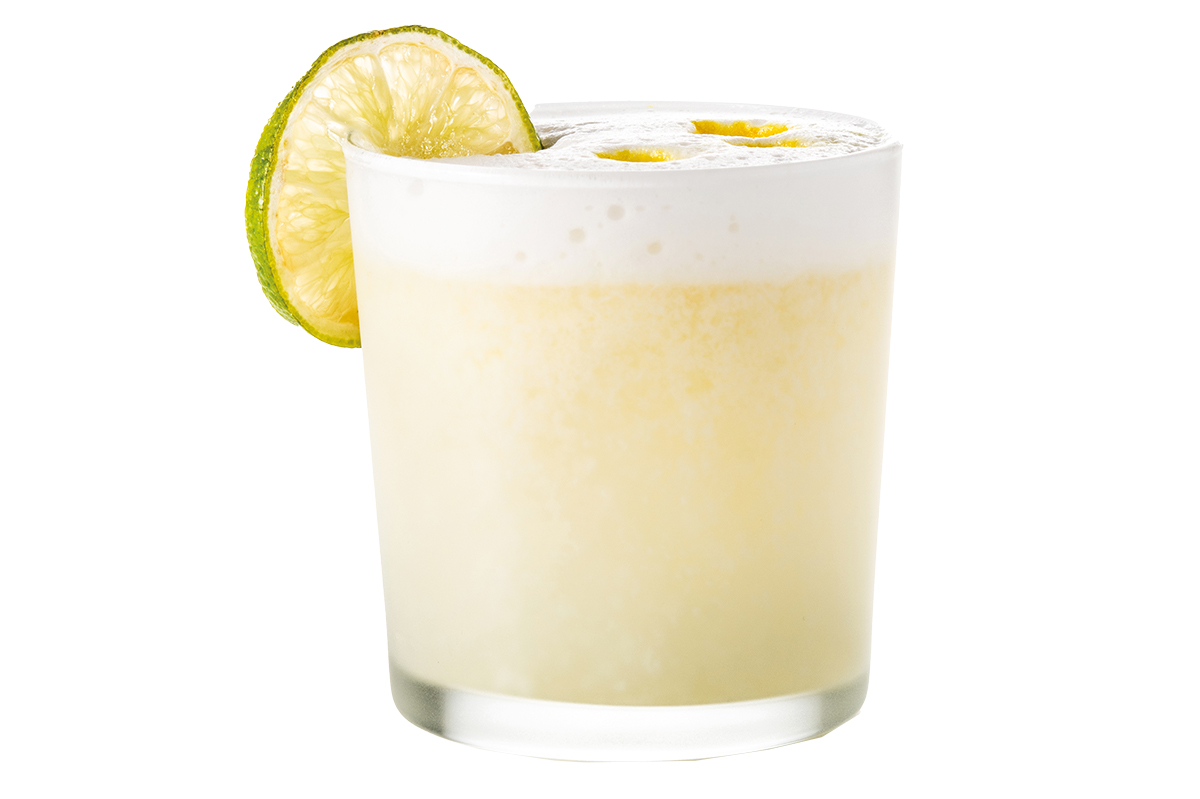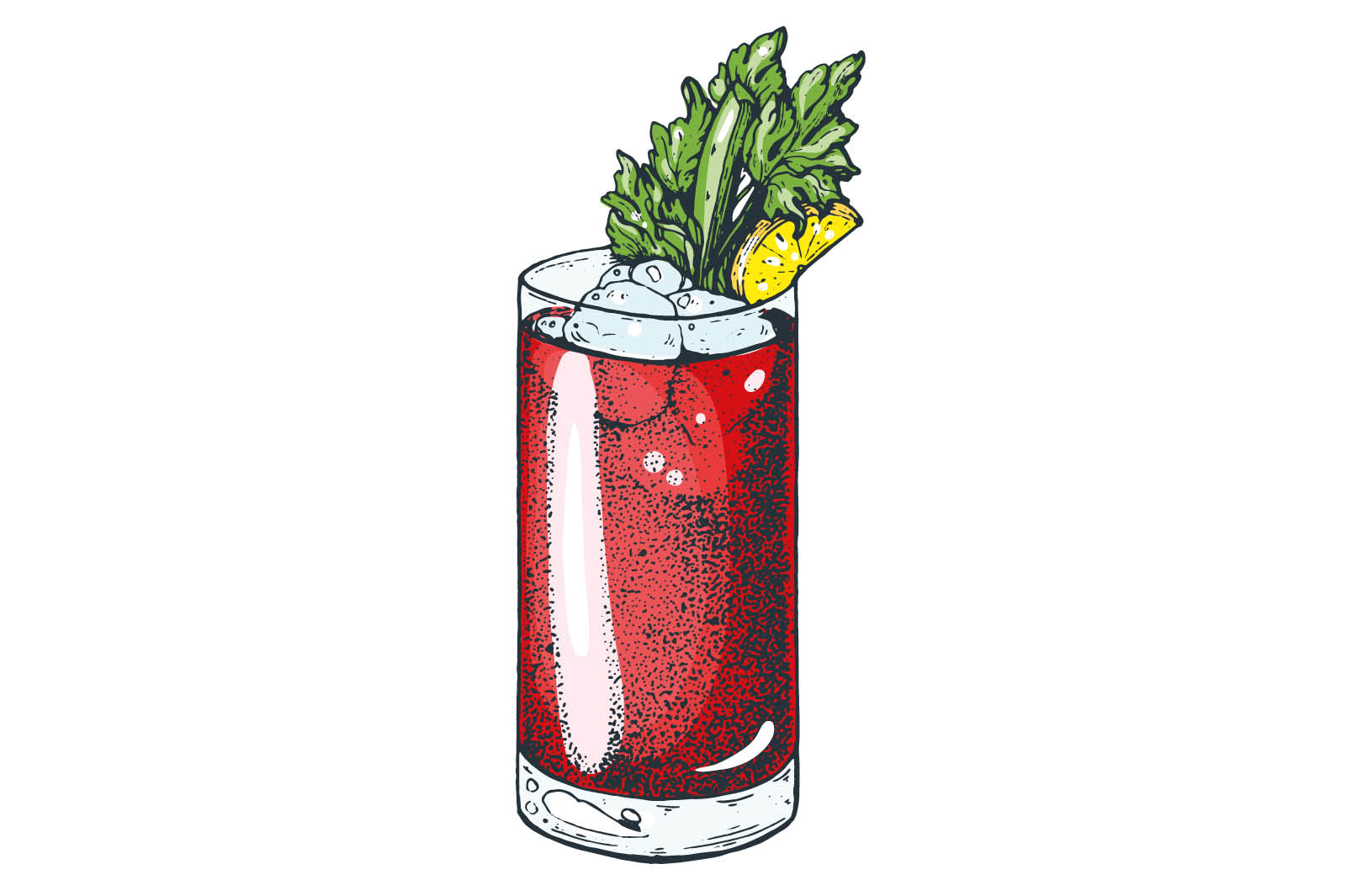As the Super Bowl rolled into New Orleans, with Kendrick Lamar and his flared jeans in tow, I was thinking about the many contributions that this small Louisiana city has brought to the cocktail bar. There’s the creamy green Grasshopper, the French Quarter’s whiskey-based Vieux Carré, the tropical rum punch Hurricane and, of course, the comically difficult Ramos Gin Fizz – which blooms up in a tower of egg-white froth. But perhaps the oldest, most widespread and most conventional is the Sazerac: it is considered one of America’s oldest cocktails, having been served in New Orleans from the late 19th century.
For the unfamiliar, the modern Sazerac is made by stirring down two ounces of rye whiskey with a sugar cube and three to four dashes of Peychaud’s bitters in a chilled rocks glass, then double-straining this into a second chilled rocks glass which has been washed with absinthe. Garnish with a lemon peel and voilà: you have a classic, simple, spirit-forward whiskey cocktail. Where the original has a caramel and orange sweetness, the modern Sazerac is a lighter, cleaner cocktail, with just the right balance of spice, herbs and sweetness.
It’s a wonderful cocktail and frankly underappreciated by modern bartenders. This simple formula has one main difference from the original formulation. Namely, the Sazerac gets its name from a brand of cognac – Sazerac de Forge et Fils – which was imported to New Orleans and served at the local bar, the Merchants Exchange Coffee House. It later changed to the Sazerac Coffee House under the proprietorship of Aaron Bird, who was reportedly the one to first serve the Sazerac Cocktail. Around 1870, bartenders would change the base to rye whiskey, due to a phylloxera epidemic which destroyed much of France’s vineyards, but the drink started its life, and found its name, in cognac.
Whether you want to stay with cognac or move to rye is totally up to you, but you should play around with them somewhat differently. Notably, with cognac, lean into the lemon and the herbal quality – make it light and bright – whereas the whiskey can tolerate a more robust set of modifications. If you want to go bold, you can try bringing the cocktail closer to the Zazarack, a very similar New York offering. The original 1910 version calls for a bourbon base, but the 1928 version, from Harry McElhone’s ABC of Mixing Cocktails, uses a split base of rye, rum, anisette and gomme syrup (2:1 sugar syrup, usually stabilized with acacia gum), with dashes of Angostura, Orange Bitters and then absinthe. To bring this back to Louisiana, use a split base of one ounce of rye, a third of an ounce of an aged rum, a third of an ounce of an anisette (like Marie Brizard), then half or a single sugar cube and three dashes of Peychaud’s bitters.
Assemble the classic way, using an absinthe wash, and you get a drink that sets aside whiskey clarity for an amplification of those core spicy, herbal notes. You can experiment with your rum, but white rums add too little and dark rums are too heavy, so stick to the spicy caramel notes of a classic aged rum, like Plantation 5 Year or El Dorado 8 Year. Honey rums can also work well, such as Rosemullion’s Honey Rum. Rum is, however, an inherently sweeter spirit so just be careful not to make the drink sickly. I’ve never got split-base tequila sazeracs to work, and without even trying, I know that a split base of gin or vodka sazerac would be bad.
But the best split base is blending old and new: 1.5 ounces of rye, plus half an ounce of cognac is a sophisticated combination, and probably would be my default easy Sazerac to introduce people to. The cognac smooths out the rye without robbing it of the classic whiskey-forward flavor.
The most classic modifications for the Sazerac involve the sweetener and the bitters. Adding a single dash of different bitters alongside two dashes of Peychaud’s, can really bring the drink to life, with the two most common being orange bitters or Angostura. Alternatively, try playing with the sweetener, replacing a white sugar cube with demerara sugar syrup for a deeper caramel note. You could even try maple syrup.
For the classic Sazerac, a Champagne (or prosecco – it’s cheaper and tastes the same, though Champagne sounds fancier) syrup elevates it. To make it, pour equal parts (by weight) of your bubbly and superfine sugar into a small pot and add a decent helping of fresh orange peels and some dried cloves. Bring it to a boil, then cool and filter out the orange and cloves and you’re good to go. It’s just a perfect syrup and usable for so many different drinks. (A warning: if you use brown sugar, it’ll be too syrupy and smother the Champagne taste; use too many cloves and it gets a sharp taste.)
Keep the absinthe simple though. Use a quality absinthe and either do a classic wash or adopt the more modern style of spritzing the top of the drink with an atomizer. The main goal is for the scent of the anise to play well with the lemon and so, while some do add drops to their mix, I wouldn’t encourage this. The other part is the addition of lemon. The oils from the rind are crucial for the drink to work, so make sure to twist it over your glass before wiping it along the rim, then dropping it into the glass – or the bin. You can try more aggressive lemon variants – using Limoncello as a sweetener for a cognac version, or adding drops of lemon juice – but I’ve never been much convinced by these.
This is such a classic, simple cocktail that I think the best modifications are those that play within the bounds of the existing formula. That’s what I’ve done with my two recipes here. If you find me drinking a Sazerac, it’s probably going to be the original recipe, but with a split rye-cognac base. Sometimes you can’t beat the classics.
Classic Sazerac
Lemon-infused cognac and a spritz of absinthe
- 2 oz lemon-infused Hine cognac
- 1 tsp champagne sugar syrup (recipe in article)
- 2 drops of saline solution (4:1)
- 2 drops of Peychaud’s bitters
- Spritz of Absinthe Supérieure Jade 1901 from atomizer
- Infuse lemon peels in cognac for three to five days
- Stir down cognac, sugar syrup, saline solution and bitters, before double straining into chilled rocks glass
- Garnish with spritz of absinthe and twist of lemon rind
Modern Sazerac
Rice-washed rye and a hint of tobacco liqueur
- 2 oz Willett Family Estate 4-Year Rye (rice washed)
- 1 tsp light agave syrup
- 2 dashes Peychaud’s
- 1 dash Fee Brothers Aztec Chocolate bitters
- ½ tsp Jade 1901 Absinthe
- ½ tsp Jade Perique Liqueur de Tabac
- Add one tablespoon of uncooked sushi rice to your rye, letting sit overnight in the fridge, before straining through a coffee filter
- Stir whiskey, bitters and agave into a glass container and freeze for two hours. Chill a rocks glass at the same time
- Wash your rocks glass with the absinthe and tobacco liqueur, then pour the chilled Sazerac mix into the glass and garnish with a lemon rind
This article was originally published in The Spectator’s May 2025 World edition.























Leave a Reply